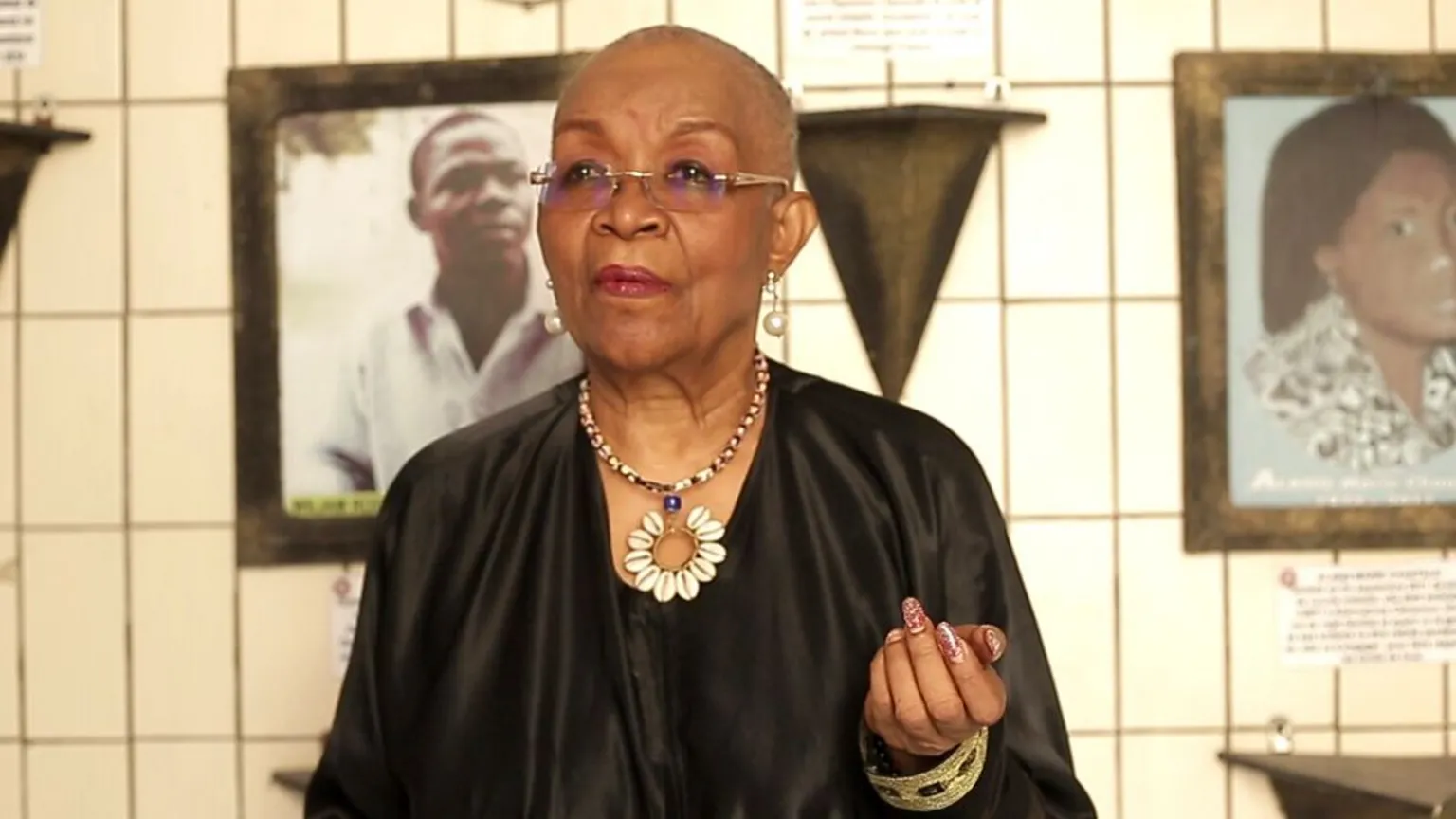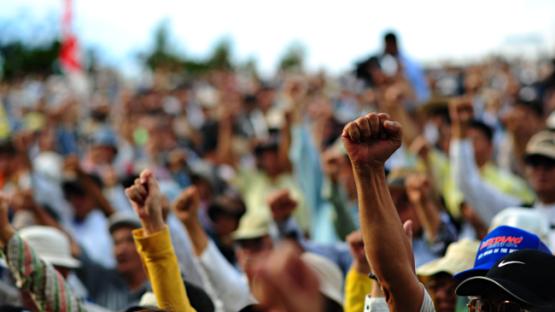The European Union (EU), through its Joint Research Centre (JRC) and the Indicators Sub-Group (ISG) of the Social Protection Committee, has released a landmark report addressing the persistent challenge of multidimensional poverty. Drawing from the European Union Statistics on Income and Living Conditions (EU-SILC), the report provides a comprehensive overview of poverty trends, risk factors, and the lived experiences of marginalized groups. A particular emphasis is placed on the challenges faced by the Roma community in Bulgaria and the stark disparities between and within EU member states. The findings underline the urgent need for targeted, evidence-based policies to combat poverty and social exclusion, aligning with the EU's 2030 poverty reduction goals.
Understanding Multidimensional Poverty in the EU
While monetary poverty has seen reductions in some parts of the EU, the report highlights that significant disparities persist, particularly for vulnerable groups such as children, the elderly, and rural populations. Countries like Bulgaria and Romania face higher poverty rates than wealthier member states such as Belgium and Czechia, underscoring the uneven progress across the Union.
The EU employs the At-Risk-of-Poverty or Social Exclusion (AROPE) indicator to assess and monitor poverty. This tool integrates three critical dimensions:
- Monetary Poverty: Individuals living on incomes below 60% of the national median.
- Low Work Intensity: Households where adults work less than 20% of their potential working hours.
- Severe Material Deprivation: Lacking basic goods and services, such as adequate housing, heating, or nutrition.
AROPE Reforms: The recent enhancements to AROPE include more refined metrics and a broader understanding of deprivation. By expanding its scope, the indicator now offers a more accurate assessment of social exclusion, enabling policymakers to develop more precise interventions.
Spotlight on the Roma Community
Among the groups analyzed in the report, the Roma community, particularly in Bulgaria, stands out as one of the most disadvantaged. Approximately half of the Roma population in Bulgaria experiences both monetary poverty and material deprivation. Their struggles are compounded by systemic barriers, including limited access to education, healthcare, and adequate housing, which exacerbate their social and economic exclusion.
Key Challenges:
- Educational Inequalities: High dropout rates and limited access to quality education prevent Roma children from breaking the cycle of poverty.
- Housing and Infrastructure Gaps: Many Roma families live in overcrowded, poorly constructed housing in underdeveloped areas.
- Employment Discrimination: Structural bias and limited access to job opportunities hinder economic mobility.
Policy Recommendations for Roma Inclusion: The report emphasizes the need for targeted interventions to address the unique challenges faced by Roma communities:
- Educational Support: Providing scholarships, mentoring programs, and access to early childhood education.
- Housing Improvements: Ensuring access to affordable, safe, and quality housing.
- Anti-Discrimination Policies: Implementing robust legal frameworks to combat workplace discrimination and societal prejudice.
- Enhanced Data Collection: Improving ethnic data collection to better design and implement inclusive policies.
Without these focused measures, the Roma community will remain trapped in cycles of intergenerational poverty, perpetuating social and economic exclusion.
Regional Disparities: A Challenge to Equity
The report reveals stark disparities not only between EU member states but also within regions. Rural and less-developed areas face unique challenges, including limited infrastructure, poor service delivery, and a lack of economic opportunities. These regional inequities disproportionately affect vulnerable groups, such as ethnic minorities and older populations.
Overlapping Deprivations: One of the report’s critical findings is the concept of overlapping deprivations—individuals and households facing disadvantages in multiple dimensions, such as income, education, healthcare, and housing. These overlapping issues are particularly severe in rural areas, where poverty is not just a temporary state but a deeply entrenched structural problem.
Strategies to Address Regional Inequality:
- Investing in Infrastructure: Building better transportation, communication networks, and healthcare facilities in rural areas.
- Improving Service Access: Ensuring that education, healthcare, and social protection systems reach underserved communities.
- Supporting Local Economies: Encouraging small businesses and community-driven development initiatives to foster economic growth in less-developed regions.
Regional disparities demand context-sensitive policies tailored to the unique needs of each area. By addressing these inequities, the EU can create more balanced and inclusive growth across all regions.
Policy Solutions for Poverty Alleviation
The report underscores the importance of a multi-dimensional, comprehensive approach to poverty reduction. Tackling structural inequalities requires coordinated efforts across education, employment, social protection, and housing.
1. Strengthening Education Systems
Education remains one of the most effective tools for breaking the cycle of poverty. The report highlights the need for:
- Early Childhood Education: Providing access to quality pre-school education, particularly for marginalized groups.
- Vocational Training: Equipping young people and adults with skills that align with labor market needs.
- Reducing Dropout Rates: Implementing support programs for at-risk students, especially in rural and underdeveloped areas.
2. Promoting Labor Market Inclusion
Ensuring that all citizens have access to meaningful employment is critical to reducing poverty. Recommendations include:
- Job Creation Programs: Encouraging public and private investments in high-unemployment regions.
- Addressing Gender Disparities: Promoting equal pay and access to job opportunities for women.
- Supporting Vulnerable Workers: Providing training and employment opportunities for long-term unemployed individuals.
3. Enhancing Social Protection Systems
Robust social safety nets are essential for protecting vulnerable populations. Suggested measures include:
- Expanding Housing Assistance: Ensuring that affordable, quality housing is available for low-income families.
- Universal Healthcare Access: Reducing healthcare disparities by extending services to underserved regions and populations.
- Unemployment Benefits: Strengthening support systems for individuals transitioning between jobs.
4. Focusing on Rural Development
Rural areas require distinct strategies to address their unique challenges. These include:
- Improved Connectivity: Enhancing transportation and digital infrastructure to integrate rural areas into the broader economy.
- Agricultural Support: Promoting sustainable farming practices and providing financial assistance to small-scale farmers.
- Community Development Programs: Empowering local communities to take ownership of development initiatives.
Toward a Sustainable and Inclusive Europe
The EU’s commitment to reducing poverty by 2030 hinges on addressing structural inequalities that disproportionately affect vulnerable populations and regions. Achieving these goals requires a cohesive approach that integrates national and EU-level initiatives.
Priorities for the Future:
- Inclusive Growth: Ensuring that economic progress benefits all citizens, regardless of their socioeconomic status or geographic location.
- Sustainability: Incorporating environmental considerations into poverty reduction strategies to ensure long-term viability.
- Social Cohesion: Fostering a sense of community and shared purpose through policies that prioritize equality and inclusion.
By focusing on these priorities, the EU can create a more equitable and prosperous society where no one is left behind.
Conclusion: Building a More Equitable Europe
The report by the European Commission’s Joint Research Centre serves as a crucial reminder of the challenges posed by multidimensional poverty and the urgent need for action. By addressing systemic barriers and implementing targeted, evidence-based policies, the EU can make significant strides toward reducing poverty and promoting social inclusion.
A comprehensive strategy that integrates education, employment, social protection, and rural development is essential for achieving the EU’s 2030 goals. The findings of the report provide a clear roadmap for fostering inclusive growth, reducing disparities, and building a Europe that prioritizes equality and sustainability.
Through continued commitment and collaboration, the EU can ensure a brighter future for all its citizens, where opportunity and prosperity are shared equitably. By addressing poverty’s root causes and promoting inclusive development, the Union can reaffirm its vision of a fair and just society, leaving no one behind.





























0 Comments